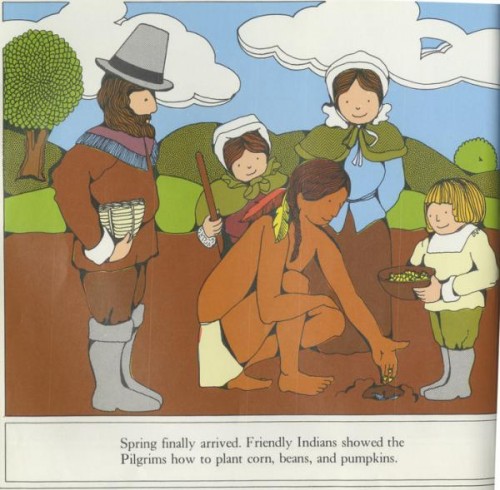Studies of Americans’ unconscious beliefs shows that most people — white and black — think black people are dangerous and both average folks and police are quicker to shoot black than white people.
Where does the cognitive belief that black people are dangerous come from?
Partly, it comes from the media. A new study by Color of Change found that, while 51% of the people arrested for violent crime in New York City are black, 75% of the news reports about such arrests highlighted black alleged perpetrators.
Meanwhile, when people of color are arrested, they are more likely to be portrayed in ways that make them seem threatening than white people. This happened this week:
See also, portrayals of Mark Duggan and Mike Brown.
Each time we see a black person on TV who is linked with a violent crime or portrayed as a criminal, the neurons in our brain that link blackness with criminality fire. The same for people of other races. The more often a link is triggered, the stronger it becomes. Disproportionate reporting like the kind captured in this study make the neural links in our brain — it’s actual physical structure — reflect the racism inherent in the reporting itself.
These associations, unfortunately, are pre-conscious. Those neurons fire faster than we can suppress them with our conscious mind. So, even if we believe in our heart-of-hearts that these connections are unfair or untrue, our unconscious is busy making the associations anyway. Biased reporting, in other words, changes the minds of viewers, literally.
Lisa Wade, PhD is an Associate Professor at Tulane University. She is the author of American Hookup, a book about college sexual culture; a textbook about gender; and a forthcoming introductory text: Terrible Magnificent Sociology. You can follow her on Twitter and Instagram.






